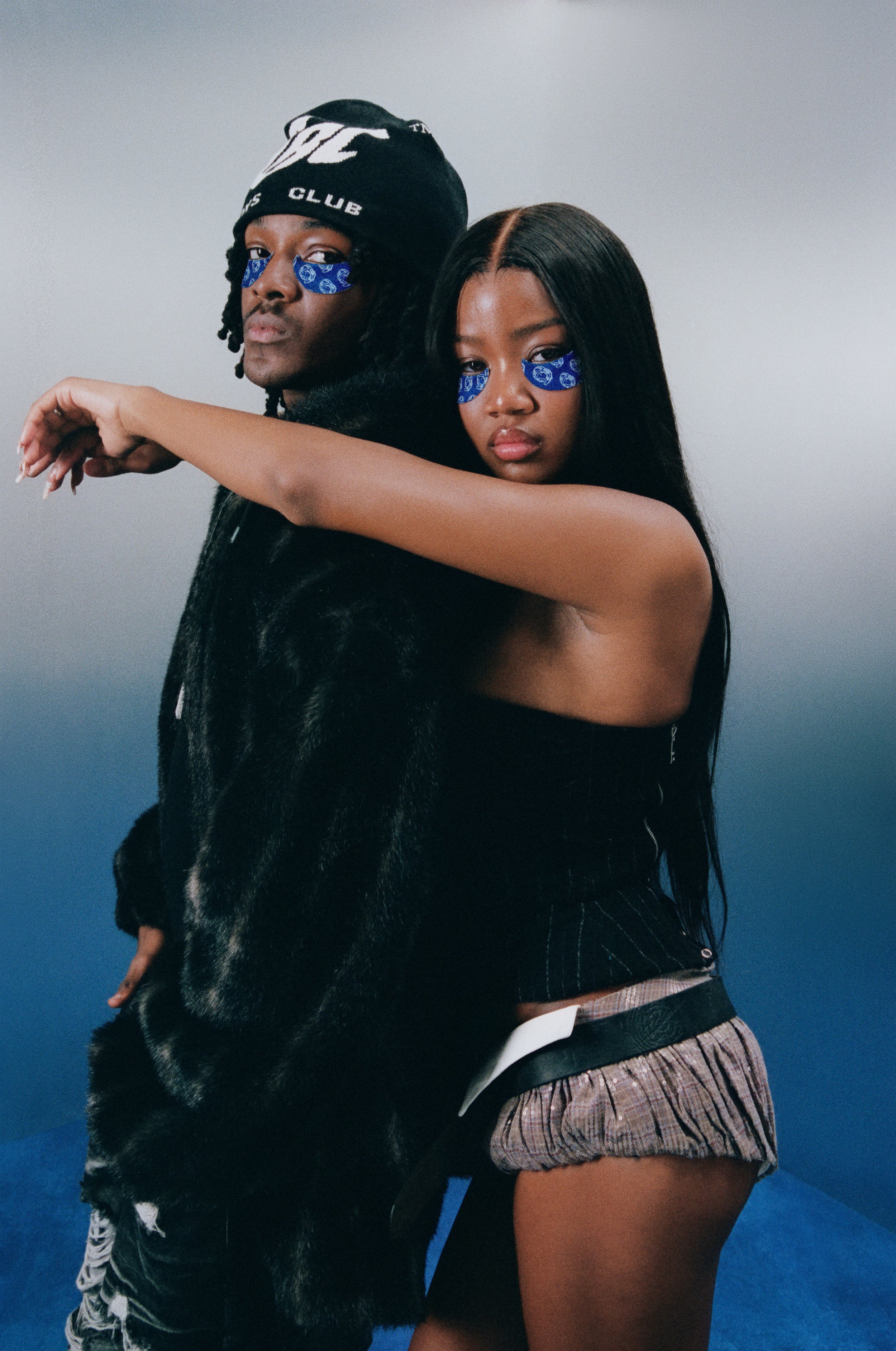Chinchilla Fur is Likely to Become Even More Expensive
By PAGE Editor
Chinchilla coat has always been prized and associated with high-end fashion, and that’s not without reason. In recent years, there has been a growing trend of rising prices for raw chinchilla pelts. The opening of new markets and the shift to using livestock skins, or what are called organic furs, have influenced the increase in demand for chinchilla pelts. This sharp price rise is evident in the enthusiasm of producers, collectors, and tanners. Everyone seems happy and for them, this situation needs to be maintained for as long as possible.
Producers are currently able to secure higher average prices for their output. Collectors, because the price increase reflects the sharp rise in the value of their products. And tanners, because they have more pelts to process and greater stability in their work.
Three Reasons
There are three main reasons why the demand for this fur has risen sharply:
The opening of markets like China and Russia to capitalism (in China alone, there are millions of new millionaires that didn’t exist just five years ago).
Chinchilla is now also used in a variety of decorative items mixed with cheaper materials like silk, leather, etc., and aimed at a sector of society with lower purchasing power than the traditional market, but one with much larger numbers (in the past, famous fur traders in Milan, Frankfurt, or New York sold two or three layers of fur, each consisting of 120 pelts per month; now they sell 50 layers of chinchilla-decorated items, each containing at least 20 pelts).
Large fur houses no longer want to work with wild furs or pelts from endangered animals; they only work with livestock fur, or what’s called organic fur. The latter has not yet been able to take the place of the former. This has driven up the price of not only chinchilla fur but also all livestock furs like fox, mink, and otter.
These three main reasons stem from their international scope, but there are also situations in some South American countries, especially related to their economies, that make chinchilla farming increasingly attractive. One example is Argentina, a major country in the Southern hemisphere.
Producing pelts in Argentina costs about $9 (it requires 25 grams of cereal, alfalfa, and water each day). In the United States (the primary producer), the cost of producing pelts is twice that of Argentina, and in Germany (the second-largest producer), it is three times the cost.
The very different figures in the production of the same animal are due to each country’s internal economy and microeconomics in general. The United States is a producer of raw materials, manufactured goods, and technology, while Germany is primarily a producer of manufactured goods and technology. Argentina and other “chinchilla-producing” countries currently only export raw materials.
Cereal in South America is very cheap and will always remain so, as is labor. However, in Germany, for example, both of these key elements for fur production have always been expensive, now more than ever, with the rise in cereal prices, as well as the previously mentioned labor costs. Fur collectors were the first to recognize the changes that would take place. They view South America (led by Argentina) as the largest area of future development. Currently, all buyers want to come to South America, especially Argentina, which is internationally regarded as having the highest quality in the Southern Cone, with a highly developed industry and a competitive size.
Just a Rumor?
The rumor that’s not really a rumor, which is circulating in fur exhibition halls and animal and fur trade shows worldwide, is the need to dominate the South American market as soon as possible. They understand that the one who steps in first is the one who will face the greatest challenges, and no one wants to miss out on what is considered the largest future fur production center in the world.
Until now, collectors would come two or three times a year to buy local products. Now, they visit every sixty days, even though they know there isn’t yet any significant production in such a short time. Chinchilla fur will only become more valuable, and it may be difficult to replace.
HOW DO YOU FEEL ABOUT FASHION?
COMMENT OR TAKE OUR PAGE READER SURVEY
Featured








Miami Art Week 2025 Powered by Art Hearts Fashion closed out the year with a high-impact, citywide series of runway shows, designer debuts, and star-studded events across Miami’s most iconic venues, celebrating global creativity, inclusivity, and the intersection of fashion, art, and culture.